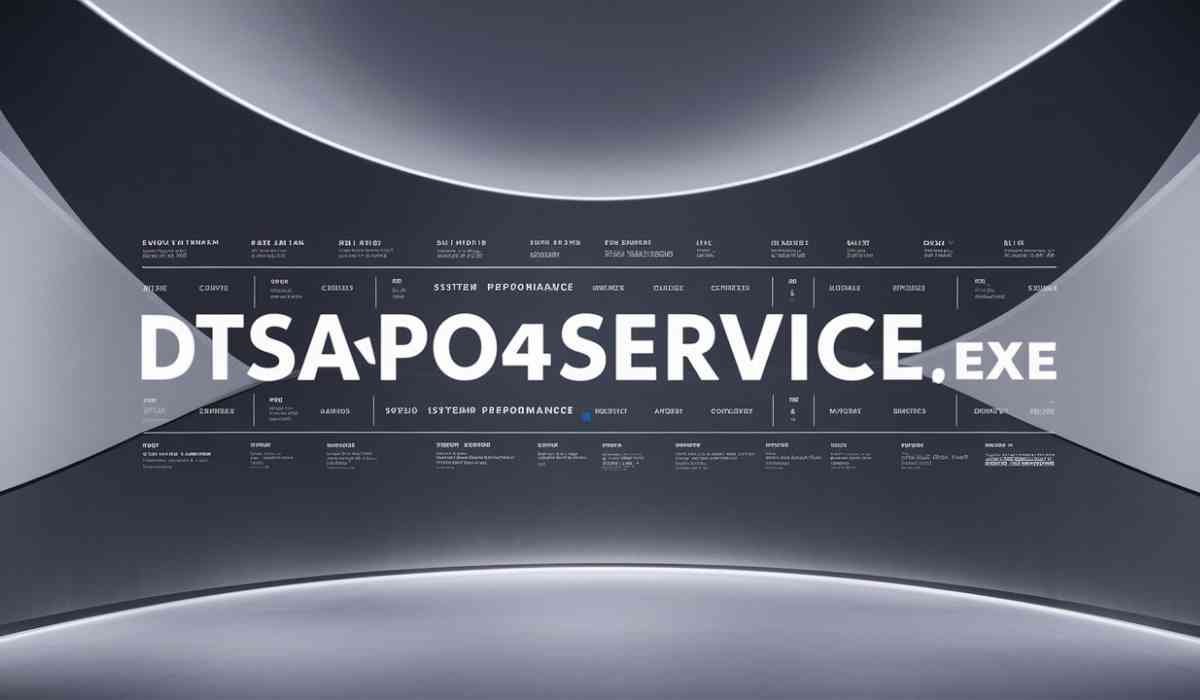APIs (Application Programming Interfaces) have become inalienable in modern software development. They allow different applications to interact seamlessly, allowing developers to optimize the process of building robust, interconnected systems. According to the Business Wire, 97% of enterprise leaders claim APIs are critical for survival; around 65% of organizations use APIs to enhance collaboration with partners and accelerate innovation, while 60% share APIs internally across development teams to streamline the delivery of products and services.
APIs can enhance business operations and open new opportunities, but there’s one core decision developers and businesses face: whether to use a first-party vs third-party API. This post aims to unpack the benefits and drawbacks of both options, helping you make a smart and relevant decision tailored to your business and project needs.
Third-Party APIs
Third-party APIs are pre-built solutions delivered by external developers or vendors. Third-party API integration services are widely employed to integrate ready-made functionalities into applications, saving time and resources, especially when supported by reliable tech expertise.
Advantages of Third-Party APIs
The core benefits of third-party APIs lie in quickly integrating robust, pre-built functionalities into the products.
Time-Saving and Rapid Development
Third-party APIs provide ready-made solutions, eliminating the need to implement features from scratch. Such APIs cover many use cases like payment processing (Stripe), maps integration (Google Maps), or social media login (Facebook Login), allowing developers to work on more sophisticated functionalities.
Pre-Built Functionalities and Features
Third-party APIs can deliver a solid spectrum of specialized features. Put in practice, if you need advanced analytics, integrating a trusted third-party tools like Google Analytics can extend the capacity without requiring in-house expertise and at an excellent API integration cost.
Access to Specialized Expertise
By adopting third-party APIs, you employ the expertise of specialists who’ve elaborated their technology over a long period of time. You are welcome to choose from the reliable APIs provided by profound experts with higher-quality features and excellent performance.
Disadvantages of Third-Party APIs
Let’s go through the drawbacks you should be aware of prior to integrating third-party APIs into your software.
Limited Customization and Control
While convenient, third-party APIs often lack the flexibility to cater to highly specific use cases. Tailored functionalities to adhere to outstanding business needs and peculiarities may not always be possible.
Reliability and Dependency on External Services
Using third-party APIs always refers to a substantial reliance on an external provider and less control. Consequently, your application may encounter operational disruptions if the API provider experiences downtime or ceases operations.
Potential Security and Privacy Concerns
Sharing sensitive data with external vendors poses inherent risks and, once again, leaves less space for management from your side. You must essentially guarantee that the API provider complies with the strict security standards to protect user data and maintain the regulatory guidelines of your industry.
Best Practices for Third-Party API Integration
Here are some tips and techniques that can help you maximize the value of the third-party APIs integrated into your ecosystem.
- Thoroughly research API providers. Select APIs from reputable providers with a strong track record and positive partner feedback.
- Check for documentation and community support. Ensure comprehensive documentation and active developer communities for handling any potential issues.
- Evaluate performance and reliability. Test APIs for speed and uptime consistency within your product.
- Have a contingency plan for API downtime. Prepare fallback mechanisms to handle outages in an optimized way.
- Plan for future scalability and upgrades. Choose APIs that can scale and fulfill the growing demands as well as technological advancements.
Custom APIs (First-Party APIs)
Custom APIs, also called first-party APIs, are implemented in-house to cater to an organization’s specific needs. Such APIs deliver absolute control and flexibility, which are perfect for unique or sensitive products.
Advantages of Custom APIs
Why should you opt for bespoke APIs, and what benefits can they deliver to your business?
Tailored Functionalities to Specific Needs
With custom APIs, you can design features and workflows that align with your business goals as precisely as possible, ensuring a solid boost in operational efficiency and customer service.
Complete Control Over Features and Updates
Developing your API offers total control over its design, deployment, and further updates. You decide when to enhance functionalities or deprecate features so the API evolves with your needs.
Enhanced Data Privacy and Security
Since custom APIs are developed and managed internally, you retain complete control over data handling. Therefore, you are more secure from the risk of data breaches and can ensure compliance with stringent security standards.
Disadvantages of Custom APIs
Although tailored and efficient, custom APIs also have certain cons to keep in mind.
Higher Initial Development Time and Costs
Building a custom API requires significant investment in terms of time, resources, and expertise. The upfront costs can be substantial for smaller projects or businesses.
Maintenance Overhead
Maintaining and updating a custom API can’t be done without continuous effort, covering monitoring, debugging, and ensuring compatibility with progressing technologies.
Requirement of In-House Expertise
Developing and managing a custom API necessitates a skilled development team. This can be challenging if your organization lacks a specialization in respective technical areas.
Steps in Developing a Custom API
Let’s consider a concise guide for designing tailored APIs.
- Define clear objectives and requirements. Outline the goals API is expected to achieve and its key functionalities.
- Design a well-structured API architecture. From the start, ensure the API is scalable, modular, and adheres to best design practices.
- Implement robust security measures. Incorporate authentication, encryption, and other security protocols to safeguard data. In case your domain has industry-specific guidelines and regulations, ensure compliance with these as well.
- Regular testing and Quality Assurance. Test the API comprehensively to identify and fix bugs, ensuring optimal performance.
- Consider future expansion and versioning. Design the API with future scalability and backward compatibility in mind.
Conclusion
APIs play an integral part in software products within any industry, and choosing the right type may significantly impact your solution as well as its further updating.
- Third-party APIs save time, offer pre-built features and provide access to specialized expertise. However, they come with limitations in customization, potential reliability issues, as well as compliance and security concerns.
- Custom APIs offer full control, tailored functionalities, and enhanced security. The trade-offs are higher development costs and ongoing maintenance demands.
Let’s sum up the comparison between the first-party vs third-party API within the one concise table.
| Feature | Third-Party APIs | Custom (First-Party) APIs |
| Customization | Limited customization options | Fully customizable to business needs |
| Development Time | Faster integration with pre-built features | Longer development time due to custom build |
| Control | Less control, depends on external vendor | Full control over features and updates |
| Security | Potential security risks with external vendors | Enhanced control over data privacy and security |
| Cost | Lower upfront cost | Higher initial development cost |
| Maintenance | Vendor handles maintenance | Requires internal team for ongoing maintenance |
| Flexibility | Less flexible for unique needs | Highly flexible to adapt to specific needs |
All in all, the choice depends on your project’s specific requirements, budget, and long-term goals. You can leverage APIs effectively to achieve innovation, establish new value streams, and enhance client serving. Regardless of your choice between the first-party vs third-party API, one thing is clear: APIs are your best assistants in building robust, efficient, scalable software solutions with rich functionalities.









